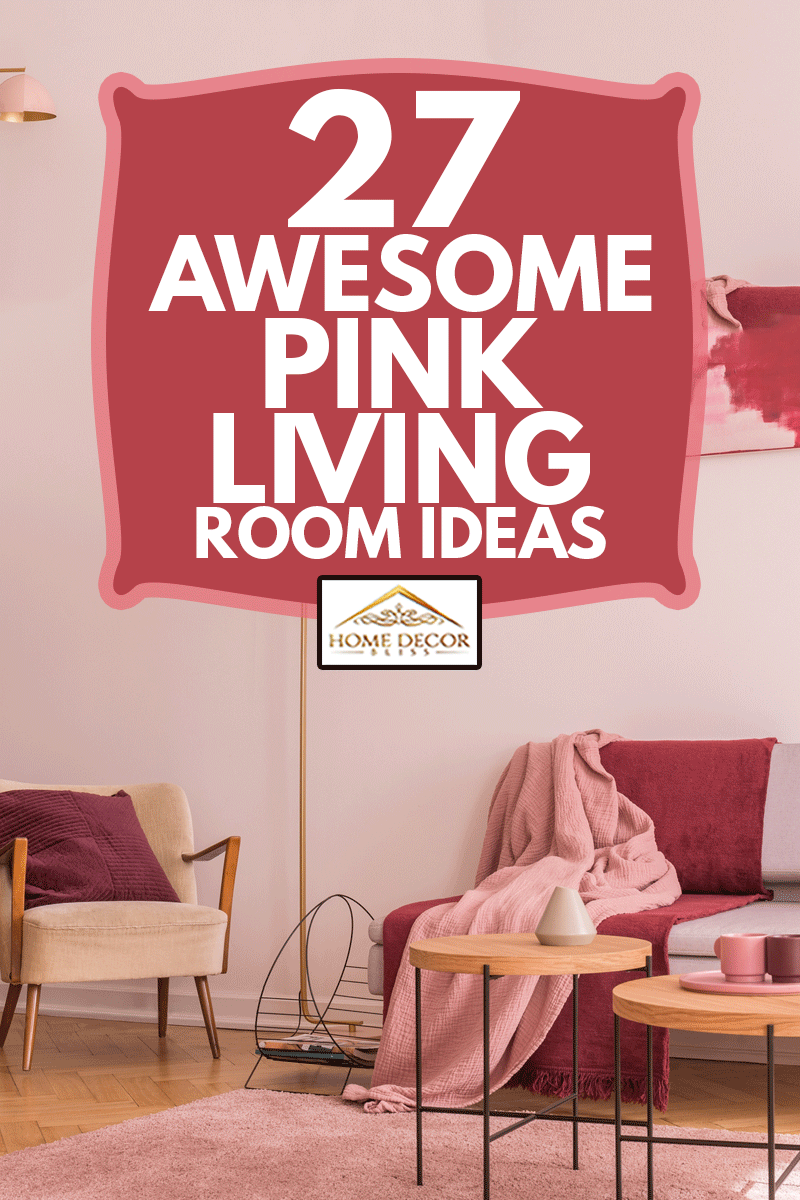When it comes to designing a living room, the color scheme is one of the most important factors to consider. Not only does it set the tone for the entire space, but it can also have a significant impact on our mood and emotions. That's where color therapy comes in – the practice of using colors to promote physical, emotional, and mental well-being. In this article, we will explore the top 10 ways to incorporate color therapy into your living room decor to create a harmonious and healing space.Color Therapy for Living Room Decor
Color therapy, also known as chromotherapy, has been used for centuries to promote balance and healing. Each color has its own energy and can affect our emotions and even physical health. In order to use color therapy effectively in your living room, it's essential to understand the meanings and associations of different colors. Red: This bold color is associated with passion, energy, and vitality. It can stimulate the senses and promote action, making it a great choice for a living room where you want to feel energized and motivated. Orange: This warm and inviting color is associated with creativity, joy, and enthusiasm. It can add a playful and lively touch to your living room decor. Yellow: This bright and sunny color is associated with happiness, optimism, and mental clarity. It can bring a sense of warmth and positivity to your living room. Green: This calming and refreshing color is associated with nature, growth, and balance. It can create a sense of harmony and tranquility in your living room. Blue: This serene and peaceful color is associated with calmness, trust, and communication. It can promote relaxation and a sense of calm in your living room. Purple: This regal and mysterious color is associated with spirituality, wisdom, and luxury. It can add a touch of elegance and sophistication to your living room. Pink: This soft and feminine color is associated with love, nurturing, and compassion. It can create a warm and inviting atmosphere in your living room. White: This pure and clean color is associated with clarity, simplicity, and new beginnings. It can create a sense of spaciousness and purity in your living room. Black: This bold and dramatic color is associated with power, sophistication, and mystery. It can add a touch of drama and depth to your living room. Gray: This neutral and versatile color is associated with balance, stability, and practicality. It can provide a grounding effect in your living room.How to Use Color Therapy in Your Living Room
Now that we have a better understanding of the meanings and associations of different colors, let's explore the benefits of using color therapy in your living room decor. Promotes relaxation: By incorporating calming and soothing colors like blue and green into your living room, you can create a space where you can unwind and de-stress after a long day. Boosts mood: Certain colors, like yellow and orange, can stimulate the production of serotonin, a hormone that is responsible for feelings of happiness and well-being. Adding these colors to your living room can help elevate your mood. Creates balance: The use of a variety of colors in your living room can promote balance and harmony. By balancing warm and cool colors, you can create a sense of equilibrium in your space. Enhances energy: Colors like red and orange can increase energy levels and stimulate the senses. Incorporating these colors into your living room can help energize and invigorate you. Improves focus: Different colors can affect our cognitive abilities. For example, blue can promote concentration and focus, making it a great color for a home office space within your living room.The Benefits of Color Therapy in Your Living Room
You don't have to break the bank to incorporate color therapy into your living room decor. Here are a few budget-friendly tips to help you create a color therapy living room: Use accent pieces: You don't have to paint your entire living room to incorporate color therapy. You can start by adding small accent pieces, such as throw pillows, rugs, and artwork, in different colors. Repurpose items: Look around your home for items that you can repurpose to add a pop of color to your living room. For example, you can use a colorful scarf as a table runner or a stack of books with colorful covers as a decorative accent. DIY projects: Get creative and make your own colorful decor items for your living room. You can paint old vases or jars in different colors or create a colorful collage using magazine cutouts.Creating a Color Therapy Living Room on a Budget
If you want to create a relaxing and calming living room using color therapy, here are some tips to keep in mind: Stick to cool tones: Cool colors like blue and green can promote a sense of calm and relaxation. Consider using these colors on the walls or in larger pieces of furniture in your living room. Incorporate natural elements: Natural elements, such as plants and wooden accents, can help create a sense of peace and tranquility in your living room. Consider adding a few plants or a wooden coffee table to your space. Avoid too much contrast: While contrast can add interest to a living room, too much contrast can be overwhelming and disrupt the flow of energy. Stick to a more monochromatic color scheme for a relaxing atmosphere.Color Therapy Tips for a Relaxing Living Room
When it comes to incorporating color therapy into your living room design, there are endless possibilities. Here are a few ideas to get you started: Use a color wheel: A color wheel can be a helpful tool when choosing a color scheme for your living room. You can choose complementary colors for a harmonious look or contrasting colors for a more dynamic feel. Layer shades of the same color: You don't have to stick to just one shade of a color. Layering different shades of the same color can add depth and dimension to your living room. Mix and match textures: Different textures can also add interest to a space. Consider incorporating different textures, like a shaggy rug or a velvet throw pillow, in the same color for a cozy and inviting living room.Incorporating Color Therapy into Your Living Room Design
Color therapy is not only about the meanings and associations of different colors, but also about how they make us feel. Here are some psychological effects of color that you can utilize in your living room: Red: This color can stimulate the appetite and promote conversation, making it a great choice for a dining area within your living room. Blue: Blue is associated with trust and communication, making it a great color for a living room where you want to promote open and honest conversations. Green: This color is associated with nature and can create a sense of balance and harmony in your living room. Purple: This color is associated with luxury and can add a touch of sophistication and elegance to your living room. Yellow: This color is associated with happiness and can bring a sense of warmth and positivity to your living room.The Psychology of Color Therapy in Your Living Room
If you want to create a vibrant and energetic living room using color therapy, here are a few techniques to try: Use bold colors: Don't be afraid to use bold and vibrant colors, like red, orange, or yellow, in your living room. These colors can add a playful and lively touch to your space. Mix patterns: Mixing patterns in different colors can create a dynamic and eye-catching living room. Just be sure to stick to a cohesive color scheme to avoid a chaotic look. Play with lighting: The right lighting can make a big difference in how colors are perceived. Use different types of lighting, such as warm and cool bulbs, to create a vibrant and dynamic living room.Color Therapy Techniques for a Vibrant Living Room
Incorporating color therapy into your living room can also help create a cozy and inviting space. Here are some tips to help you achieve a cozy atmosphere: Stick to warm tones: Warm colors, like red, orange, and yellow, can create a welcoming and cozy atmosphere in your living room. Consider using these colors in your decor and furniture. Add soft textures: Soft and plush textures, like a fluffy rug or a knitted throw, can add warmth and comfort to your living room. Incorporate natural elements: Natural elements, such as wood and plants, can bring a sense of warmth and nature into your living room. Consider using a wooden coffee table or adding a few potted plants to your space.Using Color Therapy to Create a Cozy Living Room Space
Incorporating color therapy into your living room can transform it into a serene and healing space. By using the right colors and techniques, you can create a harmonious and balanced atmosphere that promotes physical, emotional, and mental well-being. So don't be afraid to play with colors and let your living room become your own personal oasis.Color Therapy: Transforming Your Living Room into a Serene Oasis
Creating a Relaxing and Harmonious Living Room with Color Therapy

The Power of Color in Interior Design
/StraightOn-055_HERO_8BIT_WEB-5c71d4b5c9e77c000149e4ea.jpg) Color plays a crucial role in interior design, not only in terms of aesthetics but also in the overall ambiance and mood of a room. Every color has its own unique energy and can evoke different emotions and feelings. This is where color therapy comes in – the practice of using colors to promote emotional and physical well-being. Incorporating color therapy principles into the design of your living room can help create a space that is not only visually appealing but also promotes relaxation and harmony.
Color plays a crucial role in interior design, not only in terms of aesthetics but also in the overall ambiance and mood of a room. Every color has its own unique energy and can evoke different emotions and feelings. This is where color therapy comes in – the practice of using colors to promote emotional and physical well-being. Incorporating color therapy principles into the design of your living room can help create a space that is not only visually appealing but also promotes relaxation and harmony.
Choosing the Right Colors
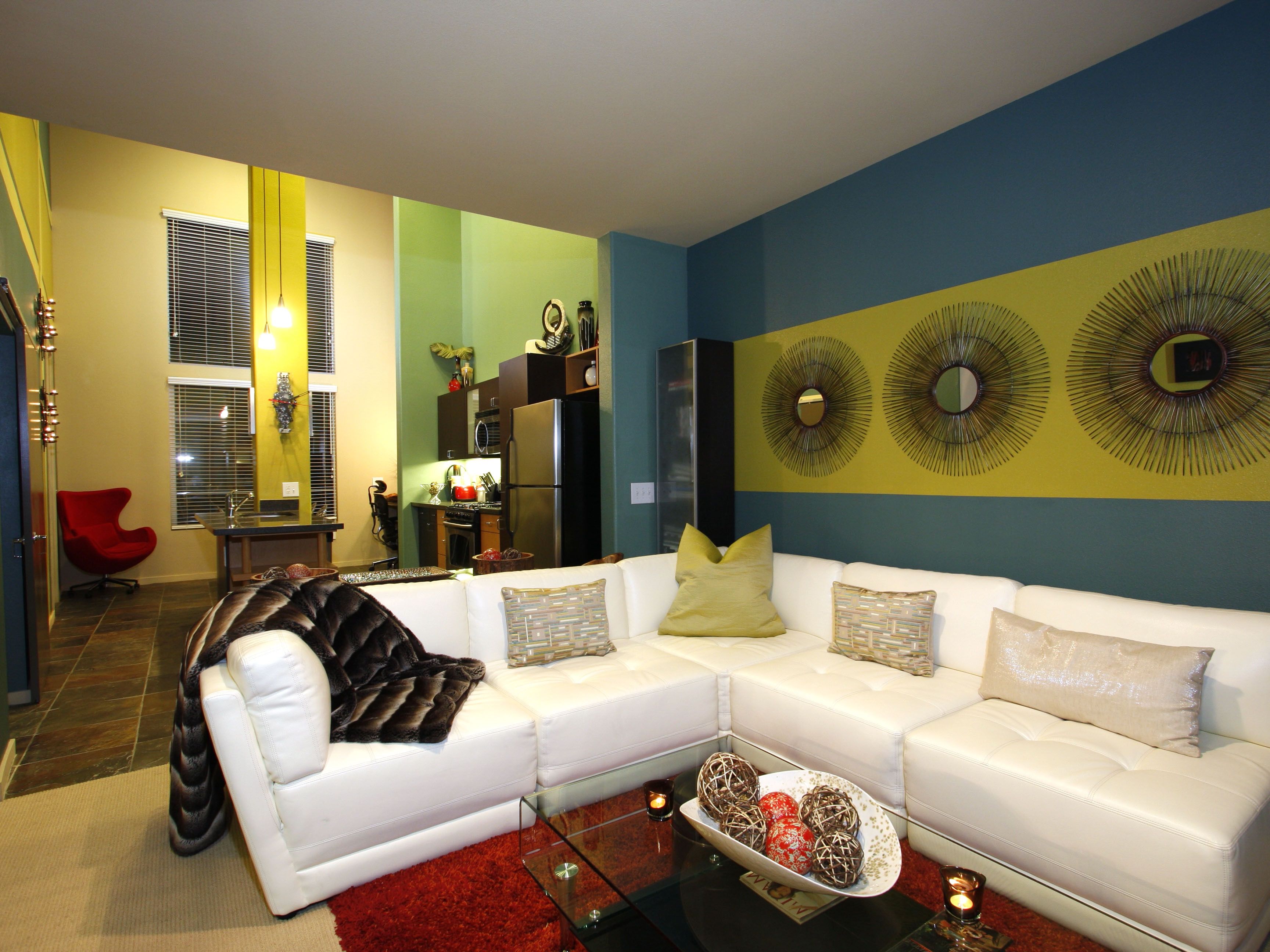 When it comes to color therapy, it's important to choose the right colors for your living room.
Blue
, for example, is known for its calming and soothing properties, while
green
can promote a sense of balance and harmony.
Purple
is associated with spirituality and creativity, making it a great choice for a meditation or reading corner in your living room.
Yellow
, on the other hand, can bring in a sense of warmth and happiness. It's also important to consider the
main keyword
– living room – when choosing colors. Since this is a space for relaxation and gathering with loved ones, it's best to avoid
bold and bright
colors that may be too stimulating.
When it comes to color therapy, it's important to choose the right colors for your living room.
Blue
, for example, is known for its calming and soothing properties, while
green
can promote a sense of balance and harmony.
Purple
is associated with spirituality and creativity, making it a great choice for a meditation or reading corner in your living room.
Yellow
, on the other hand, can bring in a sense of warmth and happiness. It's also important to consider the
main keyword
– living room – when choosing colors. Since this is a space for relaxation and gathering with loved ones, it's best to avoid
bold and bright
colors that may be too stimulating.
Using Colors to Create a Cohesive Space
 Incorporating color therapy into your living room design doesn't mean you have to paint the walls in bold and bright hues. You can use colors in more subtle ways, such as through
accent pillows
,
throw blankets
, and
artwork
. These pops of color can add a sense of vibrancy and energy to the room without overwhelming the space. Another way to incorporate color therapy is through
natural elements
. Adding plants and flowers can bring in different shades of green, while also promoting a sense of
calm and rejuvenation
. You can also use
crystals
to add in different colors and energies to your living room.
Incorporating color therapy into your living room design doesn't mean you have to paint the walls in bold and bright hues. You can use colors in more subtle ways, such as through
accent pillows
,
throw blankets
, and
artwork
. These pops of color can add a sense of vibrancy and energy to the room without overwhelming the space. Another way to incorporate color therapy is through
natural elements
. Adding plants and flowers can bring in different shades of green, while also promoting a sense of
calm and rejuvenation
. You can also use
crystals
to add in different colors and energies to your living room.
Bringing it All Together
/169789002-58a723d63df78c345b930ec6.jpg) In the end, the key to using color therapy in your living room is to create a space that is
harmonious and balanced
. This means carefully choosing a
color scheme
that promotes the desired feelings and emotions, while also ensuring that all the elements in the room
complement each other
. With the right colors and design elements, you can create a living room that not only looks beautiful but also
nurtures your well-being
. So don't be afraid to experiment with color and let color therapy guide you in creating a space that truly feels like home.
In the end, the key to using color therapy in your living room is to create a space that is
harmonious and balanced
. This means carefully choosing a
color scheme
that promotes the desired feelings and emotions, while also ensuring that all the elements in the room
complement each other
. With the right colors and design elements, you can create a living room that not only looks beautiful but also
nurtures your well-being
. So don't be afraid to experiment with color and let color therapy guide you in creating a space that truly feels like home.












:extract_focal()/https://pocket-syndicated-images.s3.amazonaws.com/articles/5304/1596722483_at_housetours_2019-06_VivY-RhiannonSouthwell_AT_rhiannon_vivyapp-12.jpg)



















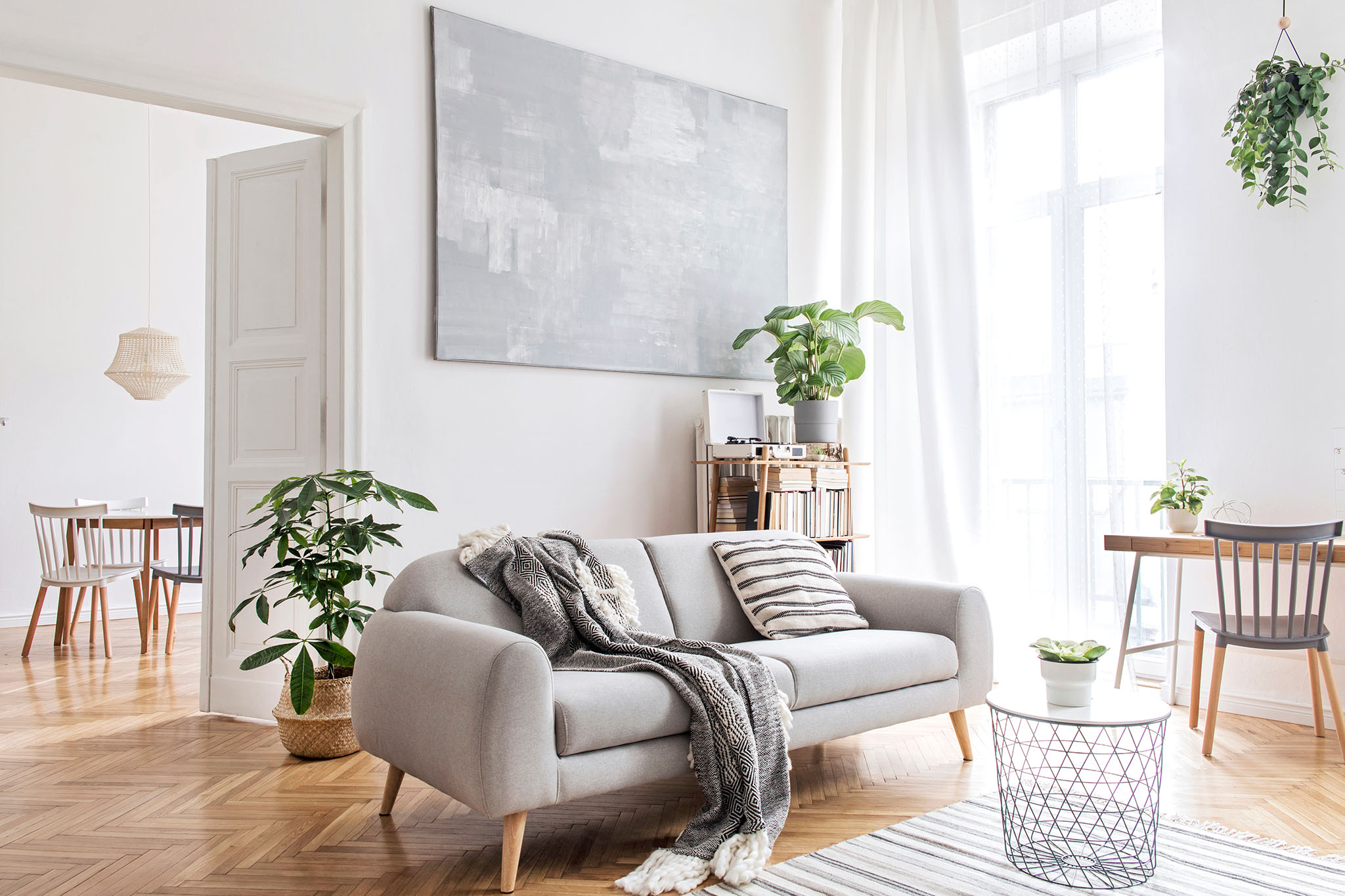





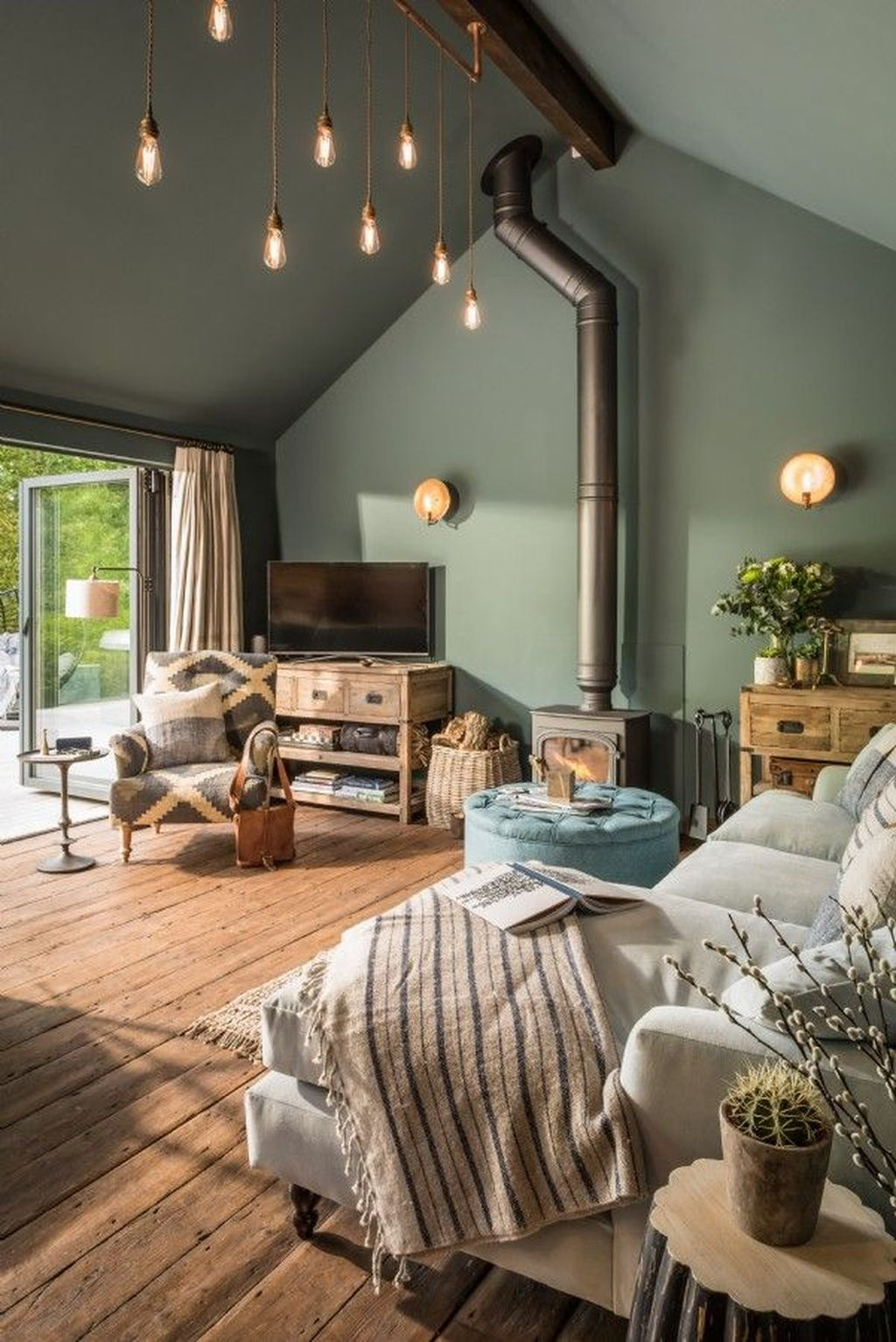

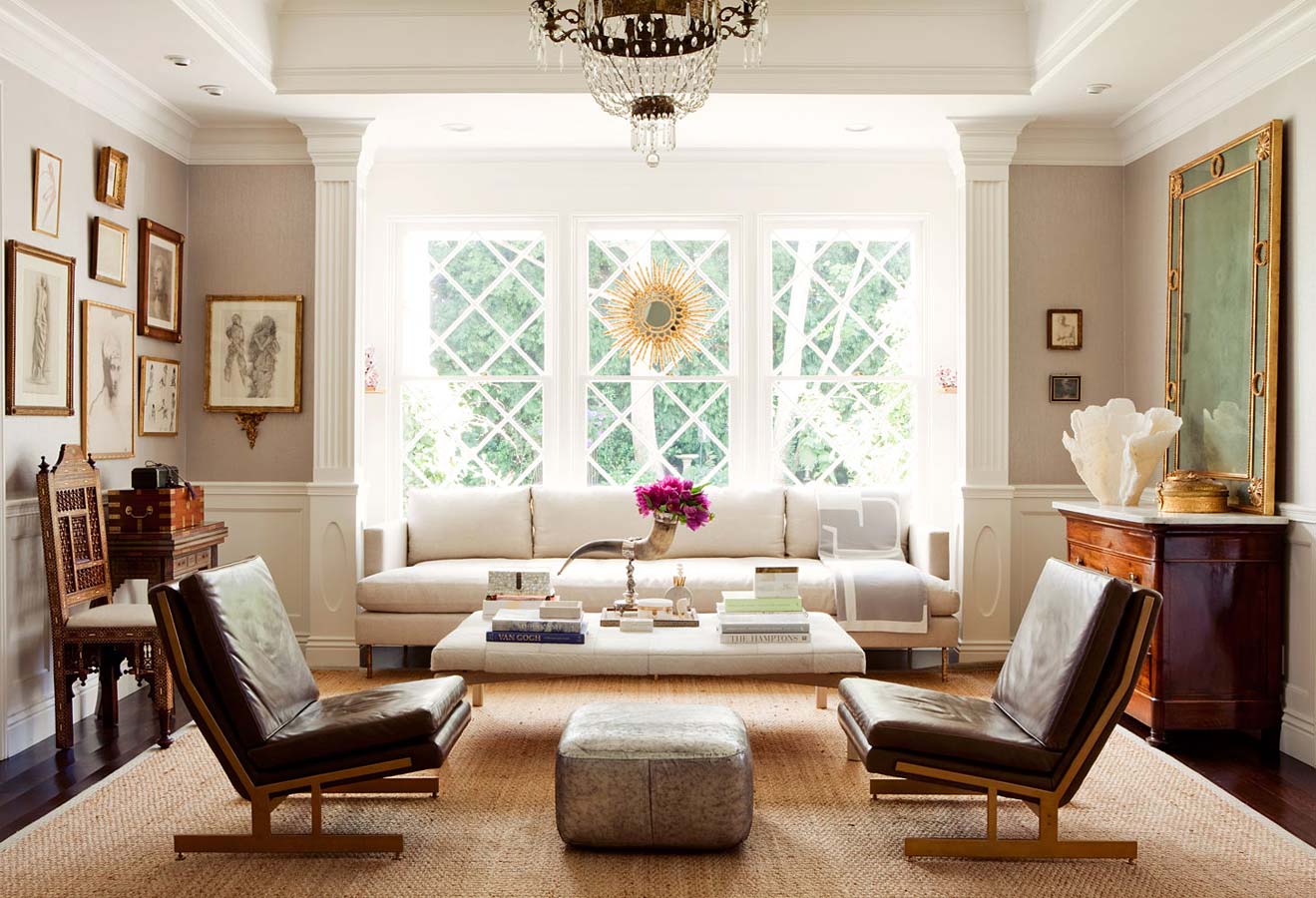




















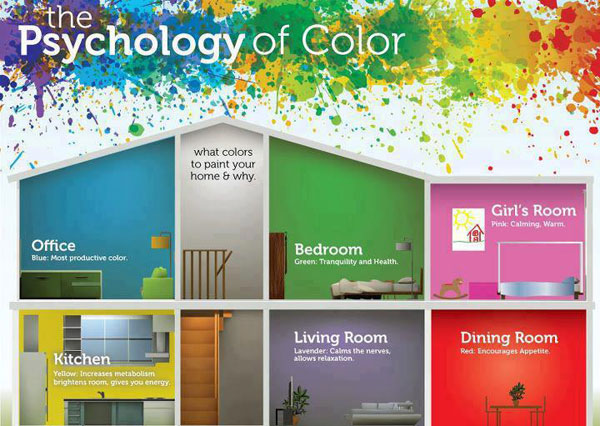




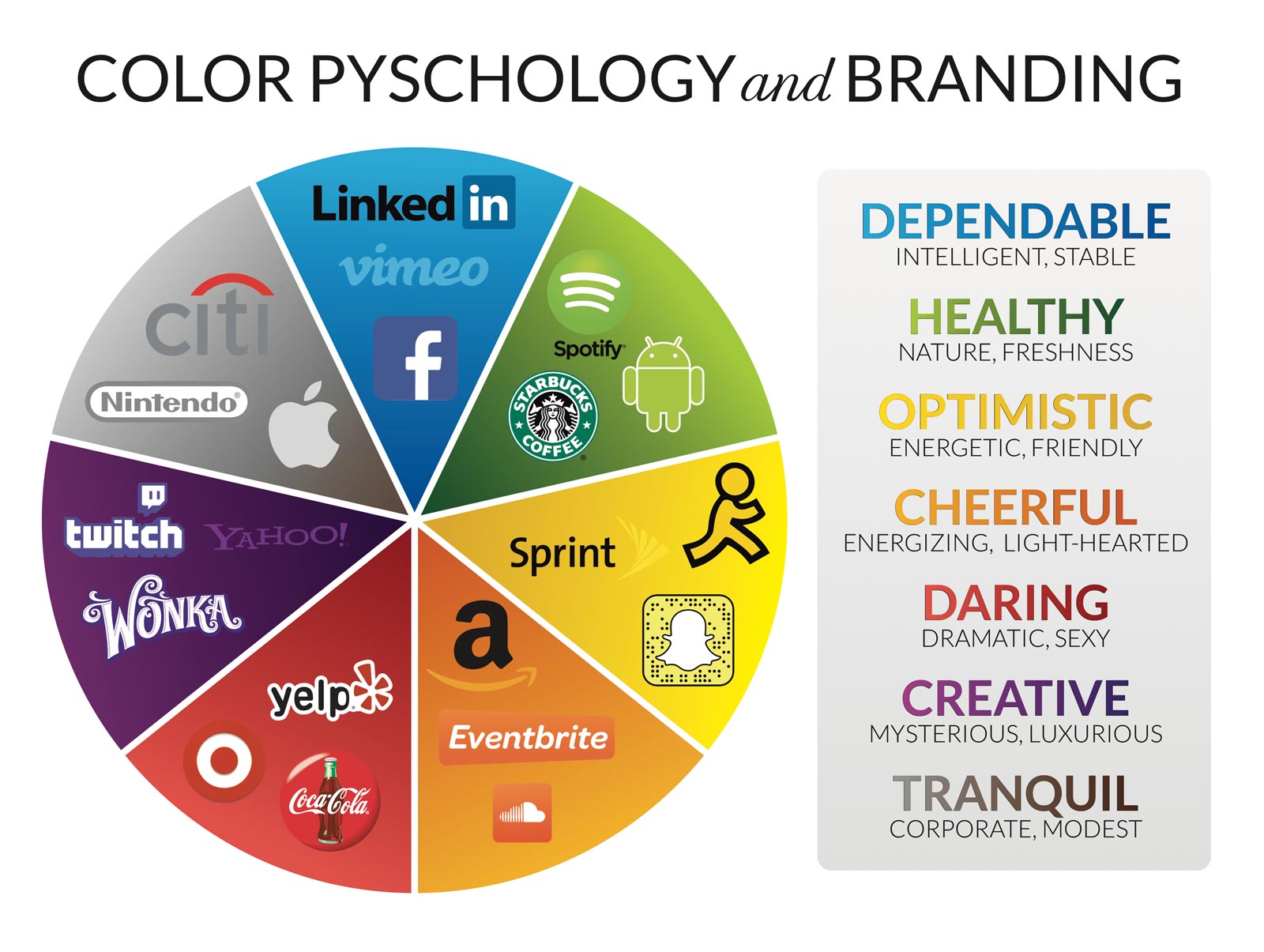


/2795824-color-psychology-5b0478de04d1cf003aac1625.png)



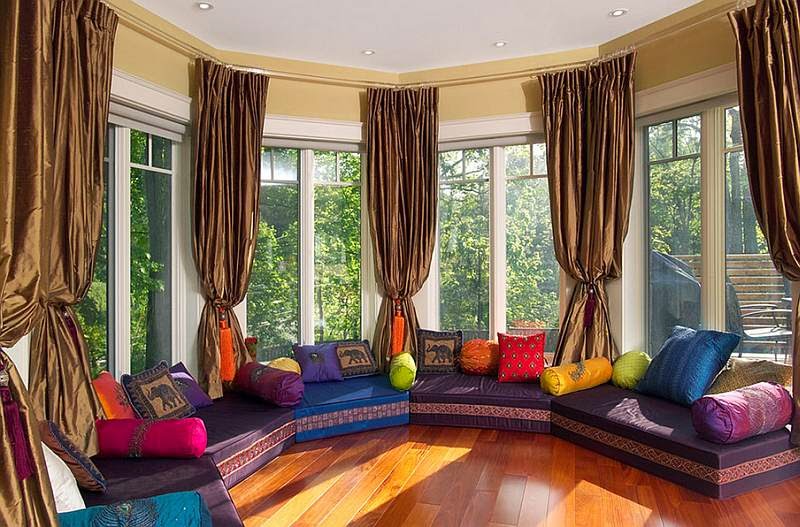












:max_bytes(150000):strip_icc()/Warm-and-cozy-living-room-Amy-Youngblood-589f82173df78c47587b80b6.png)


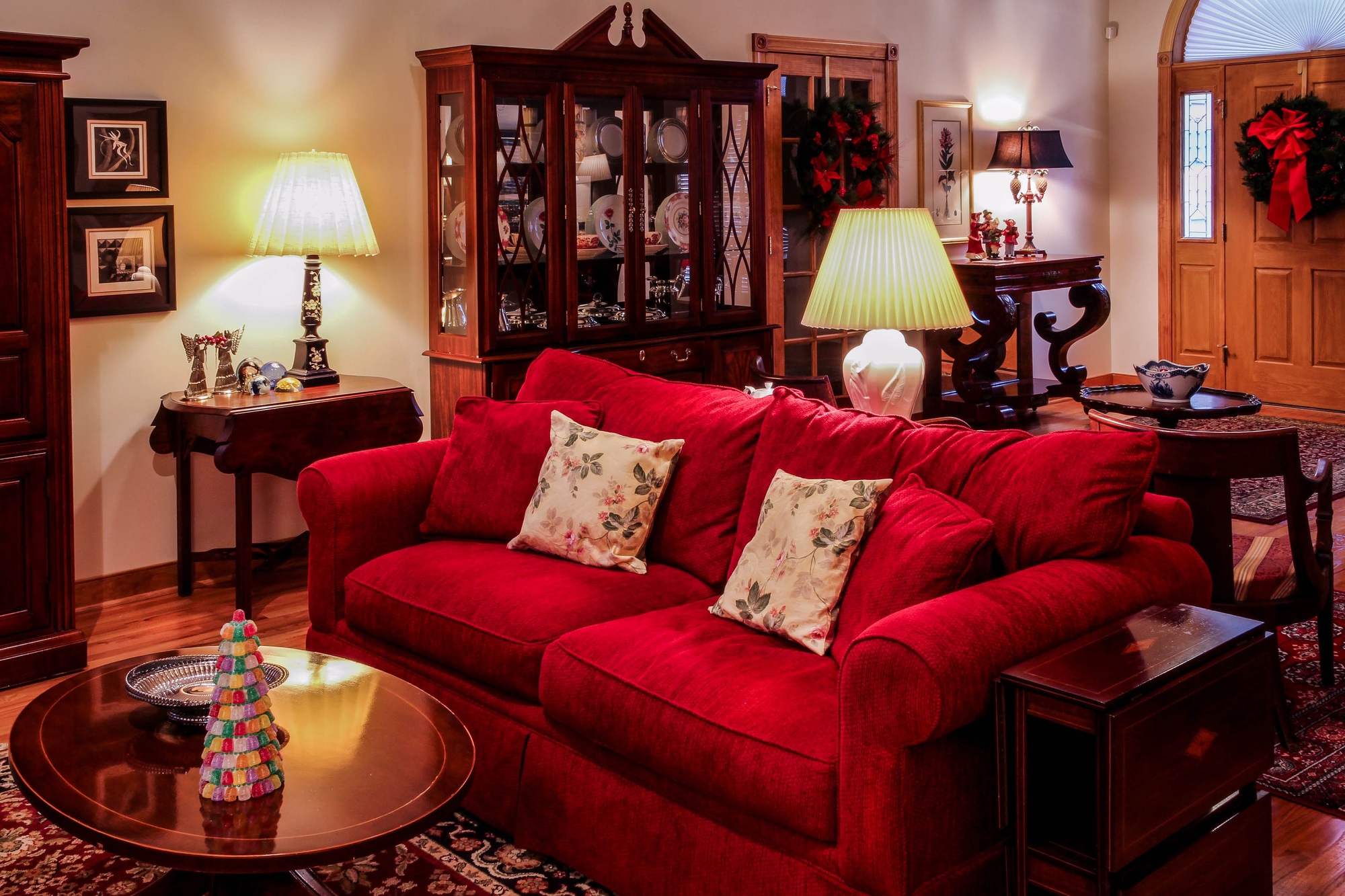
/Traditional-neutral-living-room-589fb4765f9b58819cb46c02.png)

